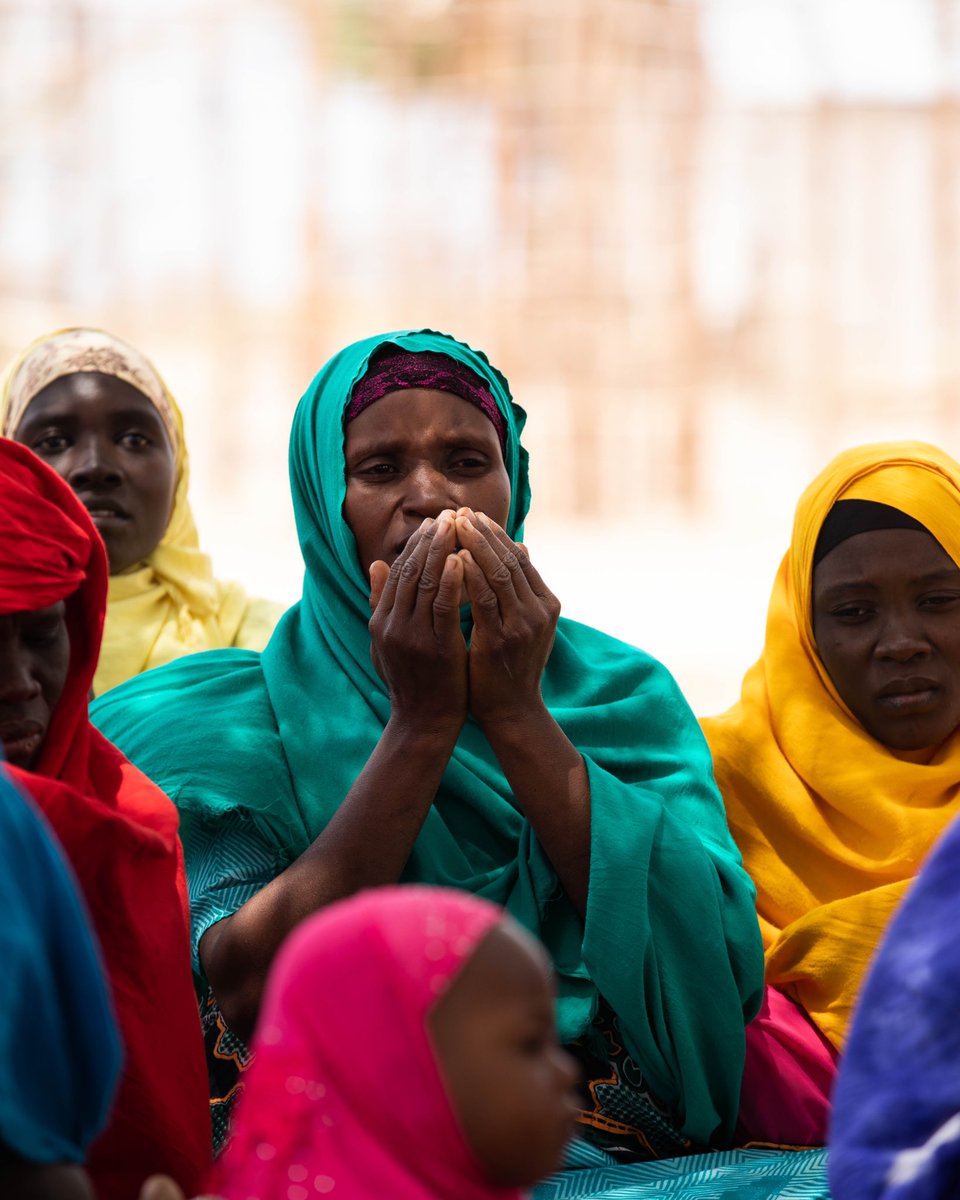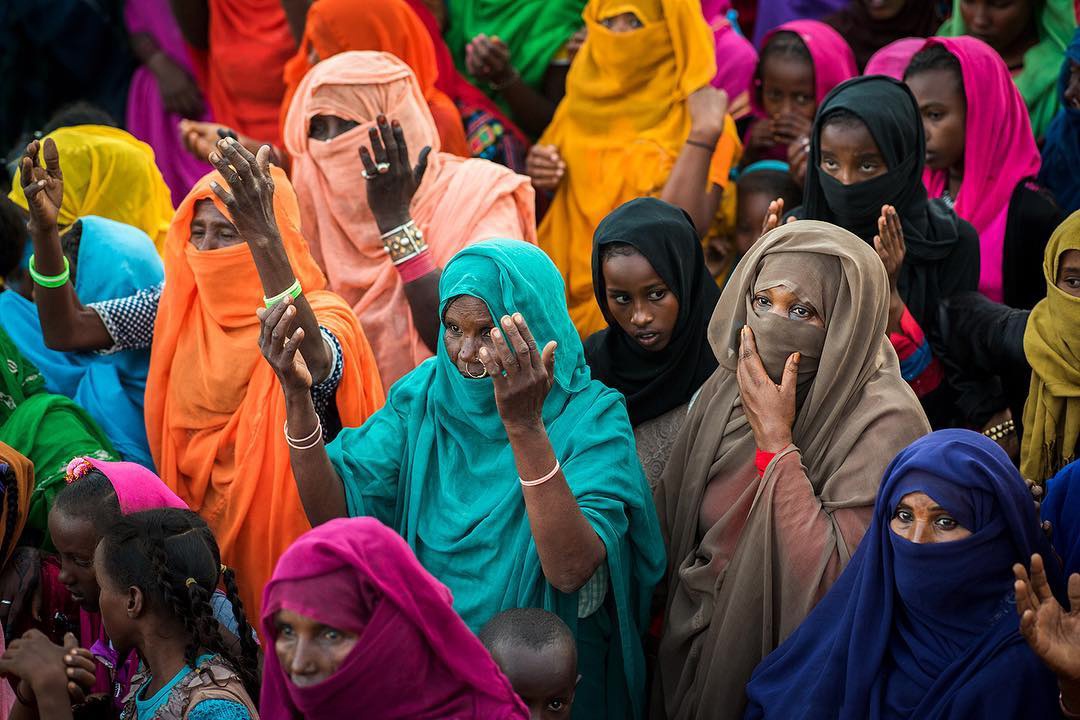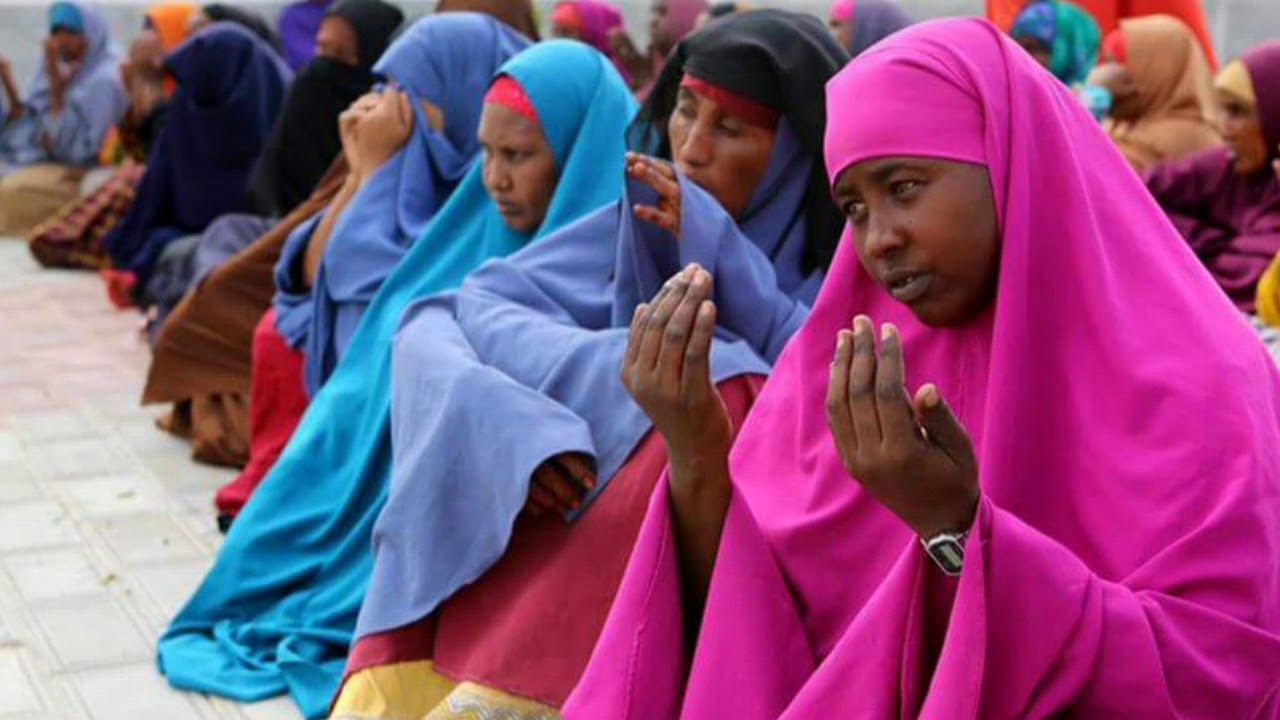Eid literally means a “festival” or “feast” in Arabic. Eid al-Fitr is a three-day-long festival and is known as the “Lesser” or “Smaller Eid” when compared to Eid al-Adha, which is four-days-long and is known as the “Greater Eid”.Eid Al Fitr marks the end of Ramadan, which is a month of fasting and prayer. Many Muslims attend communal prayers, listen to a khutba (sermon) and give zakat al-fitr (charity in the form of food) duringEid al-Fitr. Many Muslims dress in fine clothing and children receive gifts on Eid al-Fitr. The end of Ramadan is therefore a big celebration called‘Eid al-Fitr’ as it is the Festival of the Breaking of the Fast. Muslims celebrate the end of fasting and thank Allah for helping them to be strong enough to fast. Eid al-Fitr officially begins with the first sighting of the new moon

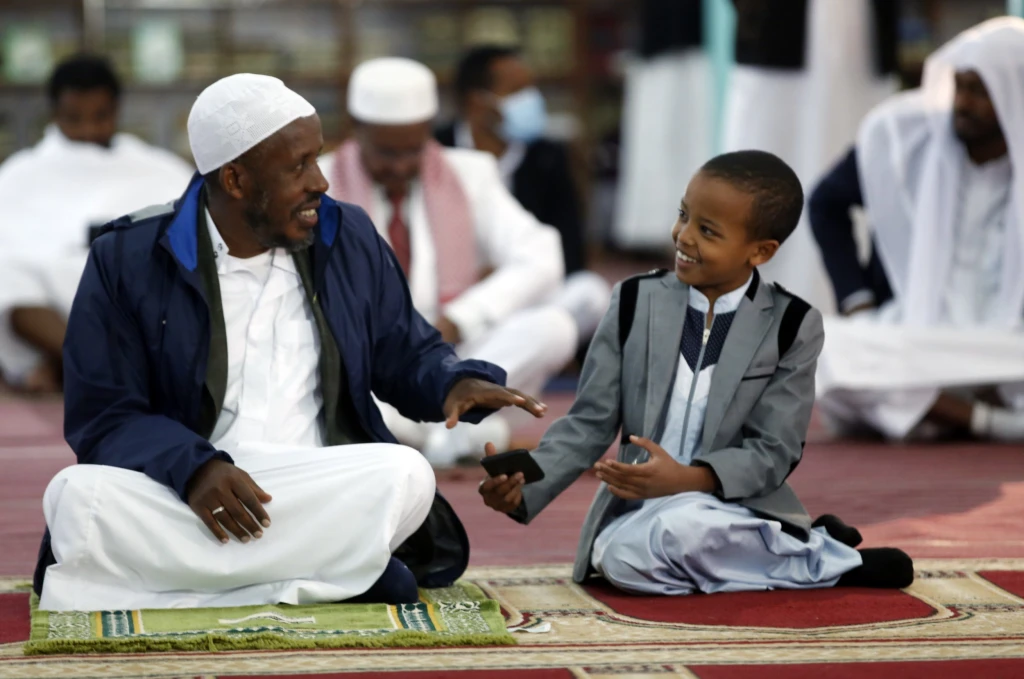
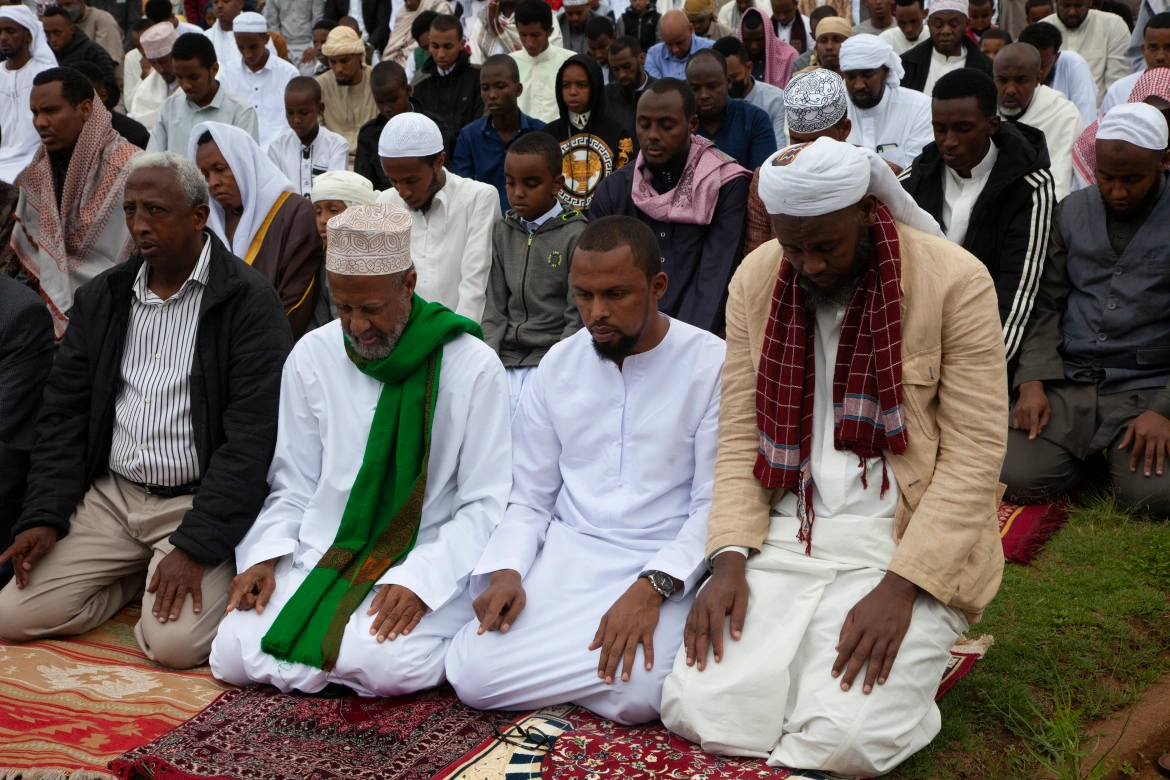
Eid al-Adha, (Arabic: “Festival of Sacrifice”) also spelled ʿĪd al-Aḍḥā, also called ʿĪd al-Qurbān or even al-ʿĪd- al-Kabīr (“Major Festival”), the second of two great Muslim festivals. Eid ul-Adha (‘Festival of Sacrifice’) is one of the most important festivals in the Muslim calendar. The festival remembers the prophet Ibrahim’s (Abrham’s) willingness to sacrifice his son when God ordered him to do so. Eid ul-Adha is another important festival in the Muslim calendar. By taking part in this festival, Muslims show that they too are prepared to sacrifice their lives for God. The festival is celebrated in the following ways: A sheep or goat may be sacrificed as a reminder of Ibrahim’s obedience to Allah. If there is a difference between Eid- ul -Adha and Eid al Fitr, the later (Eid al-Fitr) is the ‘festival of the breaking of the fast – is celebrated at the end of Ramadan.
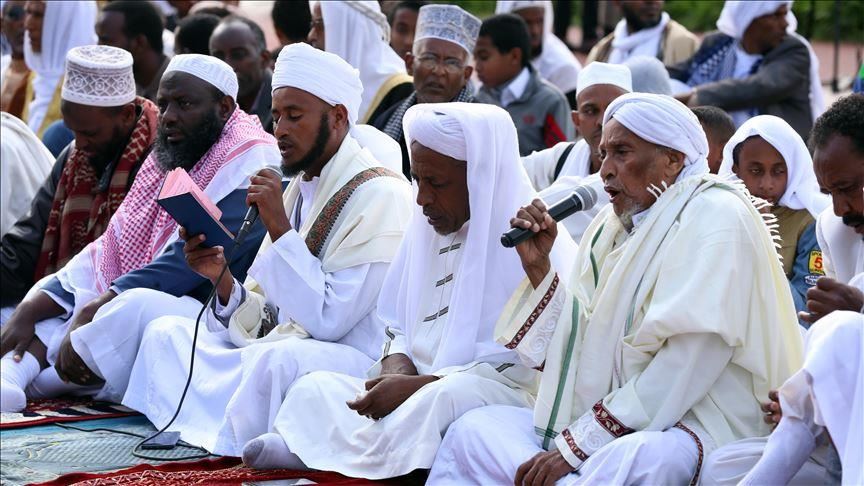
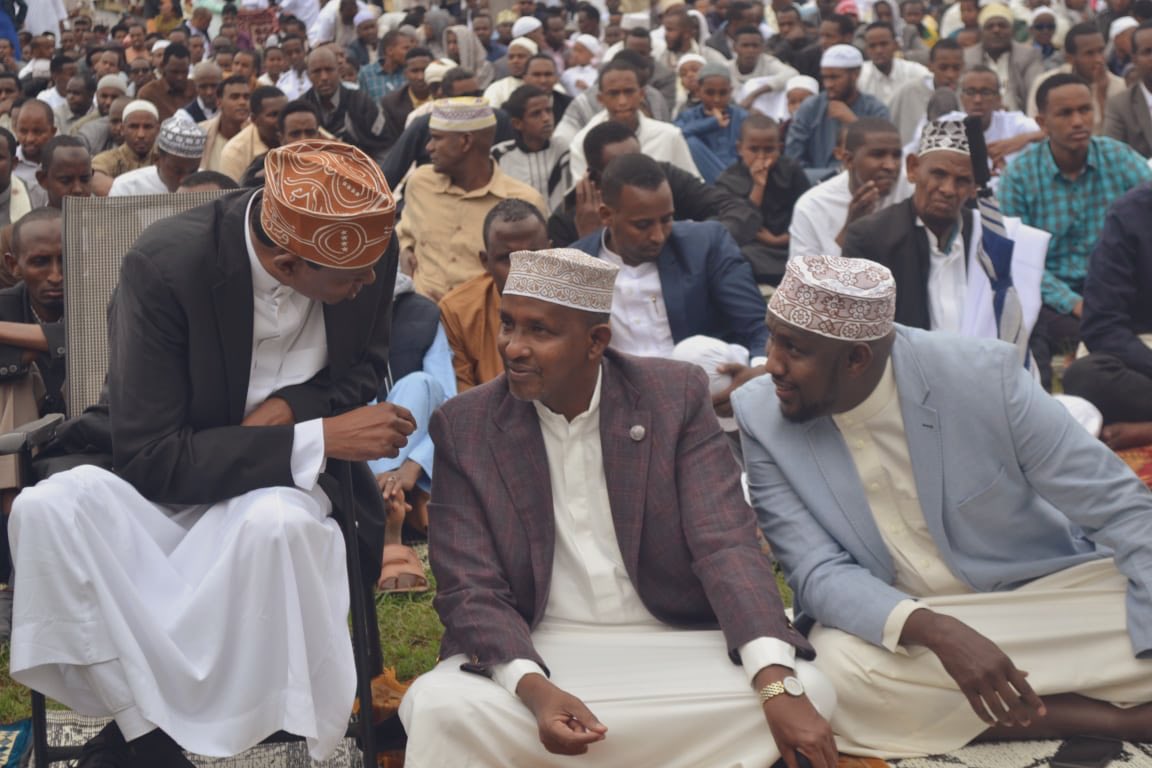

The term Mawlīd denotes the birth date of the Prophet Mohammad. It is derived from an Arabic term walad which literally signifies “to give birth” or “to bear a child.” Mawlīd celebration did not start during the life time of the Prophet. It had rather started about three generations later. It is recorded that Mawlīd al-nabīwas first celebrated by King Muzaffar of Irbīl in the late 7th Century. Ther is also a suggestion that the ceremony was started in the 8th Century when the house of the Prophet in Mecca turned into center of prayers service. This followed the decision of the 5th Abassid Caliph named Al-khayzurān. Mawlīd as public holyday seems to have started in the 13th Century in the era of Fatmīd Egypt then into Mecca, Syria, North Africa, al- Adalus, India, and the Ottoman Empire and to finally reach the entire world.
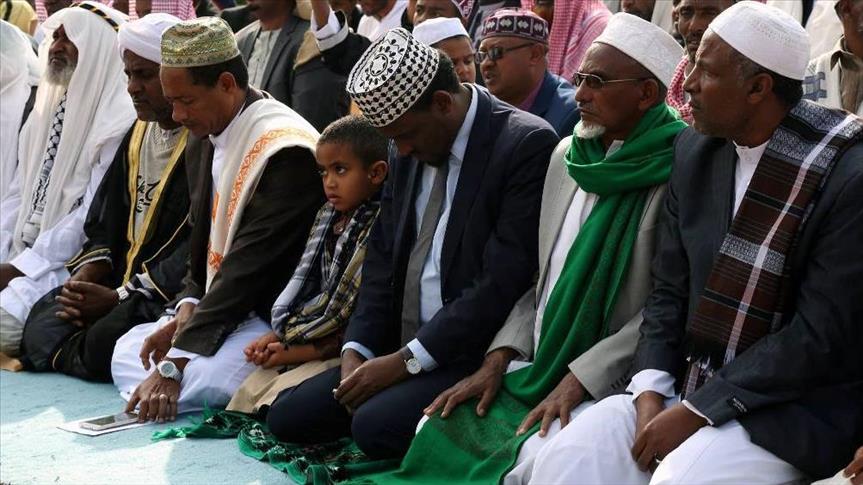
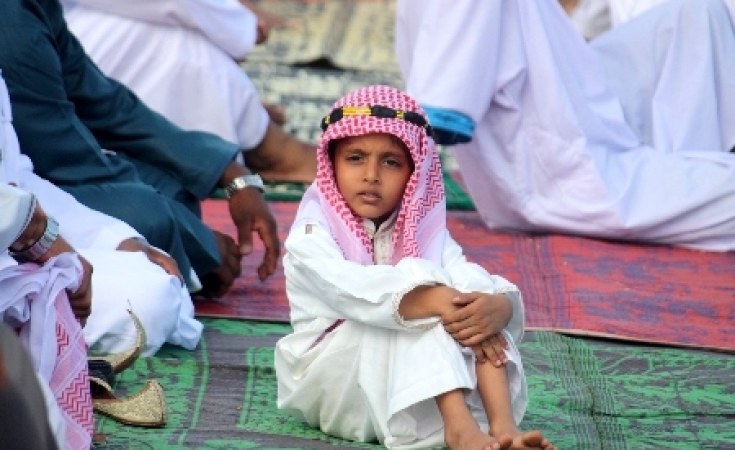
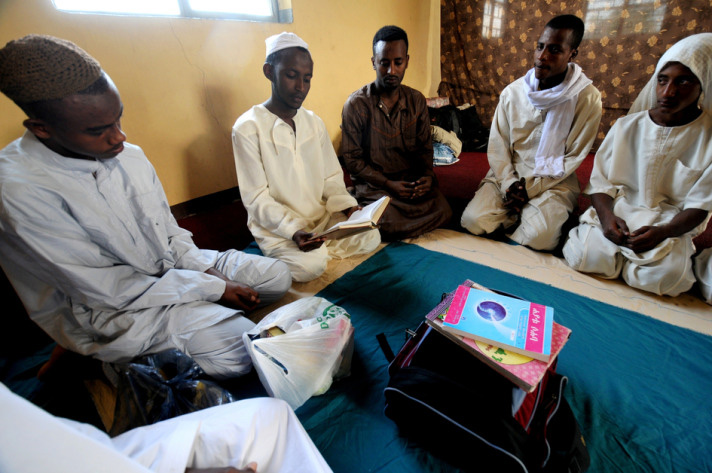
Ashura is also known as Yawm Ashura. It is in order on the tenth day of Muhram the first month of Islamic calendar. It is referred to as the Day of Ashurah (lit. “The Tenth”), the day on which Husayn ibn Ali was martyred in the Battle of Karbala. It is marked by Muslims with a voluntary day of fasting which commemorates the day Noah left the Ark, and the day that Moses was saved from the Egyptians by God. Ethiopian Muslims in all parts of the country and particularly at the shrine of Negash in Tigray celebrate Ashura every year.
The Israʾ and Mir’aj Arabic, al-’Isrā’ wal-Miʿrāj are the two parts of a Night Journey that, according to Islam the Islamic Prophet Muhammad took during a single night around the year 621. Within Islam it signifies both a physical and spiritual journey. The Quran surah al-Isra contains an outline account while greater detail is found in the hadith collections of the reports, teachings, deeds and sayings of Muhammad. In the accounts of the Isra’, Muhammad is said to have traveled on the back of a winged baby-horse-like white beast, called Buraq, literally lightning” or more generally “bright” to “the farthest mosque”. By tradition this mosque, which came to represent the physical world, was identified as the Al-Aqsa Mosque in Jerusalem
